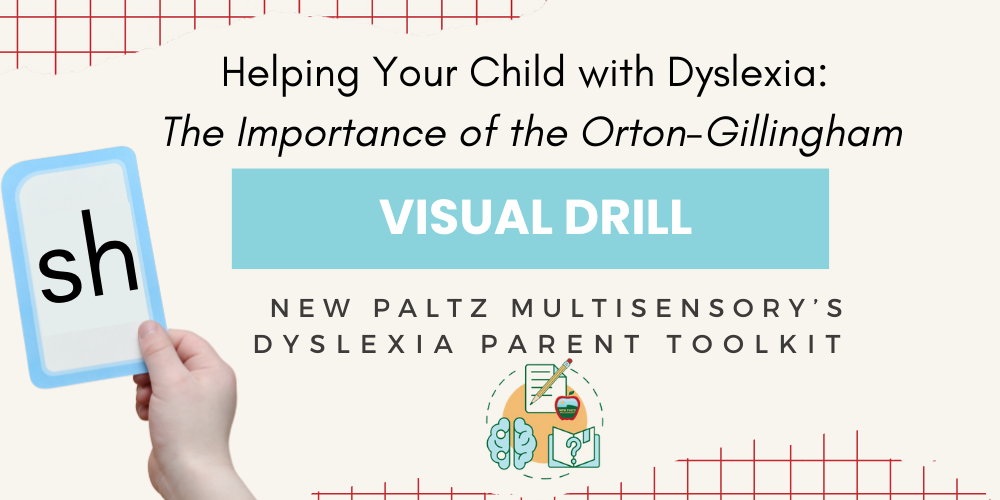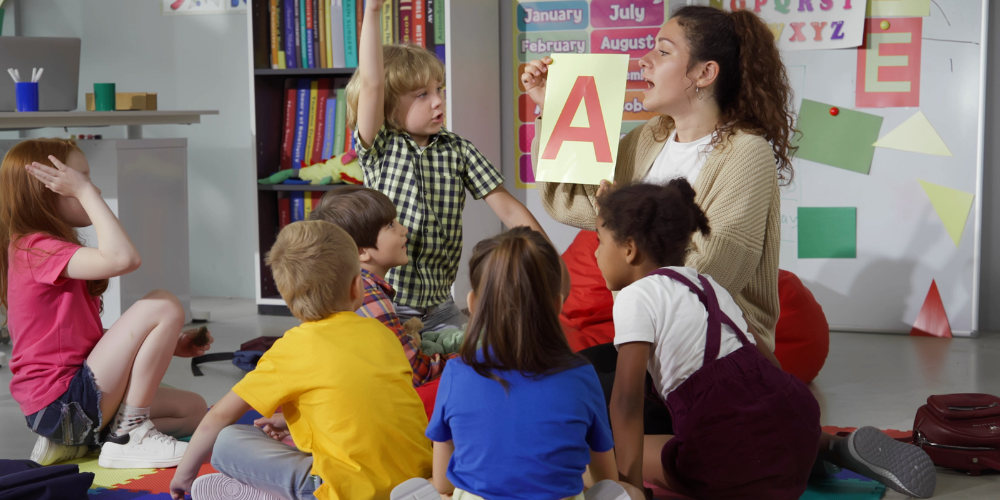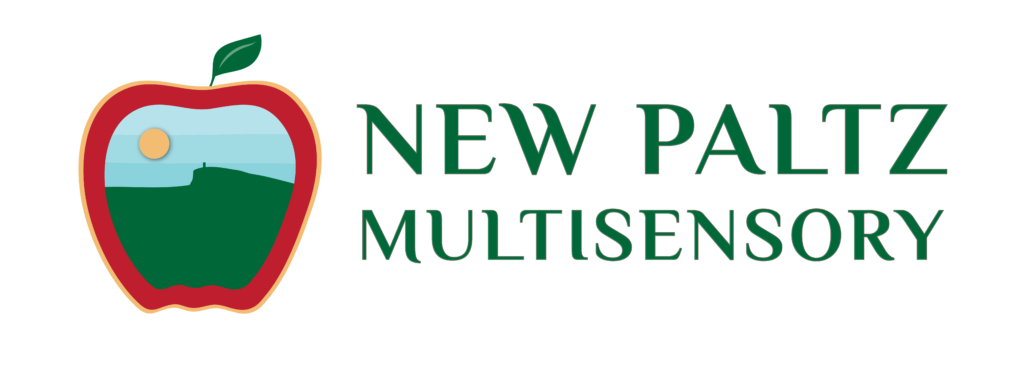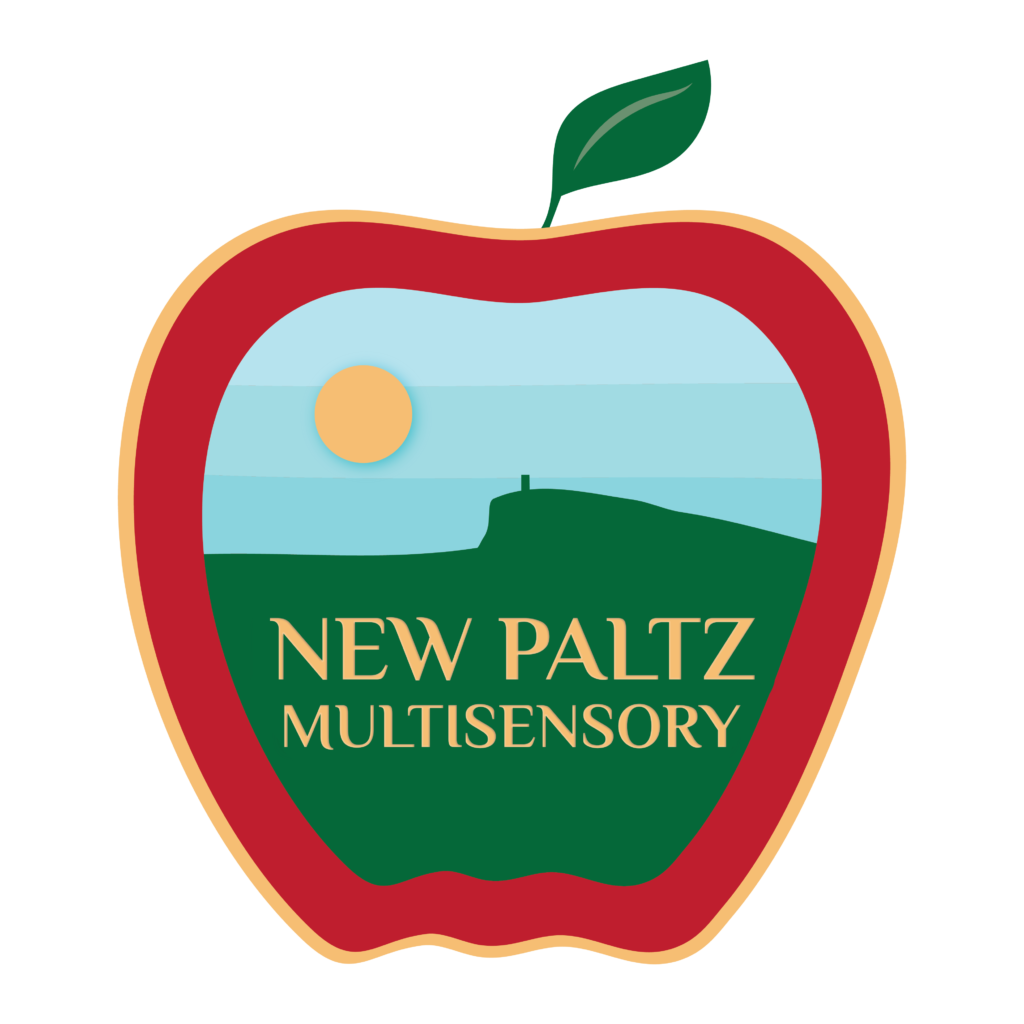
As a parent of a child with dyslexia or a suspected learning difficulty, you may be exploring different approaches to help your child succeed in reading and writing. One popular method is the Orton-Gillingham approach. It is a structured, multi-sensory teaching strategy designed to support children with dyslexia by integrating visual, auditory, and kinesthetic techniques. One powerful component of the Orton-Gillingham lesson is the visual drill, which can significantly improve a child’s ability to build the skills necessary to decode and read words fluently.
What is the Visual Drill?
At the core of the Orton-Gillingham approach is a focus on phonemic awareness—the ability to recognize and manipulate sounds in spoken words. The visual drill targets the connection between a letter’s visual representation and its corresponding sound. Establishing a strong connection between the grapheme or visual representation of a letter and the phoneme or letter’s sound is essential for reading success.
During a visual drill session, your child will be shown a flashcard with a letter or letter combination on it. The teacher will then ask your child to say the sound that matches the letter(s) they see. This seemingly simple exercise is incredibly effective in helping children who struggle with dyslexia establish a strong foundation in letter-sound recognition. To make that letter sound connection even stronger, a student can trace the letter while making the sound.

Key Aspects of the Visual Drill
1. Focus on Letter-Sound Association
The primary goal of the visual drill is to help your child make the crucial connection between the visual form of a letter and its phonetic sound. This helps strengthen their understanding of how letters work to form words.
For example, if your child is shown the letter “b,” they will be prompted to say the “b” sound aloud. Over time, as your child repeatedly practices these connections, they become more automatic, allowing them to read and write with greater ease. You’ll want to make sure your child makes the sound crisply, and doesn’t attach the “uh” sound. For example, you’ll want your child to say /b/ not “buh”.
2. Flashcard Presentation
Flashcards are a key tool in this drill. They present individual letters or letter combinations to the child, acting as a visual stimulus. These flashcards can be used in different ways, from showing single letters to more complex letter combinations, helping children see how different sounds are represented by different letter groupings.
3. Student Response
Once the visual stimulus is presented, your child is expected to respond by verbalizing the sound that corresponds with the letter(s) on the card. This practice of saying the sounds out loud builds confidence and reinforces the connection between the letter’s visual form and its sound. To strengthen the connection between the letter representation and letter sound, you can ask your child to trace the letter shape on the table in front of them while they make the sound.
4. Immediate Feedback
A critical feature of the Orton-Gillingham approach is immediate feedback. If your child makes a mistake, the teacher will gently correct them right away, guiding them toward the correct sound. This helps address errors and incorrect sound associations so your child can avoid reinforcing mistakes.
Why It Works for Dyslexic Learners
Dyslexia can make it challenging for children to connect the visual forms of letters with their sounds, leading to difficulties with reading and spelling. The visual drill works by breaking down the reading process into smaller, manageable steps. By using flashcards, verbal responses, and immediate feedback, the visual drill helps build essential skills that are often a challenge for dyslexic students.
Additionally, the Orton-Gillingham approach’s multisensory nature—combining visual, auditory, and kinesthetic learning—makes it easier for dyslexic learners to absorb and retain information. The repeated practice of associating sounds with letters through different senses helps solidify these connections in their brain, which can lead to long-term improvements in reading fluency and spelling.
How You Can Support Your Child at Home
If your child is participating in an Orton-Gillingham-based program, you can help reinforce what they are learning by practicing these letter-sound connections at home:
- Create Flashcards: Make your own set of letter flashcards and practice them with your child. Start with single letters and gradually move on to letter combinations as they progress.
- Hold up the card so that your child can see it: Encourage your child to say the letter name, the sound the letter makes while tracing the letter shape on the table.
- Provide Positive Reinforcement Wherever Possible: Offer praise and encouragement for their efforts, even when mistakes are made. Positive reinforcement will help build their confidence and motivation.
Be Patient and Consistent: Dyslexic learners often need extra practice, so be consistent in providing these exercises to help your child internalize the letter-sound connections.
Interested in Learning More Ways to Support Your Child’s Literacy Development?
We have the perfect opportunity for you to connect with fellow parents and literacy professionals to help you better understand how to best support your child. Join our new membership, The Dyslexia Parent Toolkit, for just $9 a month and you’ll get immediate access to informative modules diving into deep into dyslexia-related topics that will help you support your child so that they can learn to read successfully.

Final Thoughts
The visual drill is a powerful tool in the Orton-Gillingham approach that can help your child with dyslexia build foundational reading and writing skills. By reinforcing the relationship between letters and sounds, this exercise aids in developing strong phonemic awareness, which is essential for successful reading. With regular practice, patience, and support, you can help your child make significant strides toward overcoming the challenges posed by dyslexia.
Have you tried the Orton-Gillingham visual drill at home with your child? Share your experience in the comments below or let us know if you have any tips or questions!


One Response